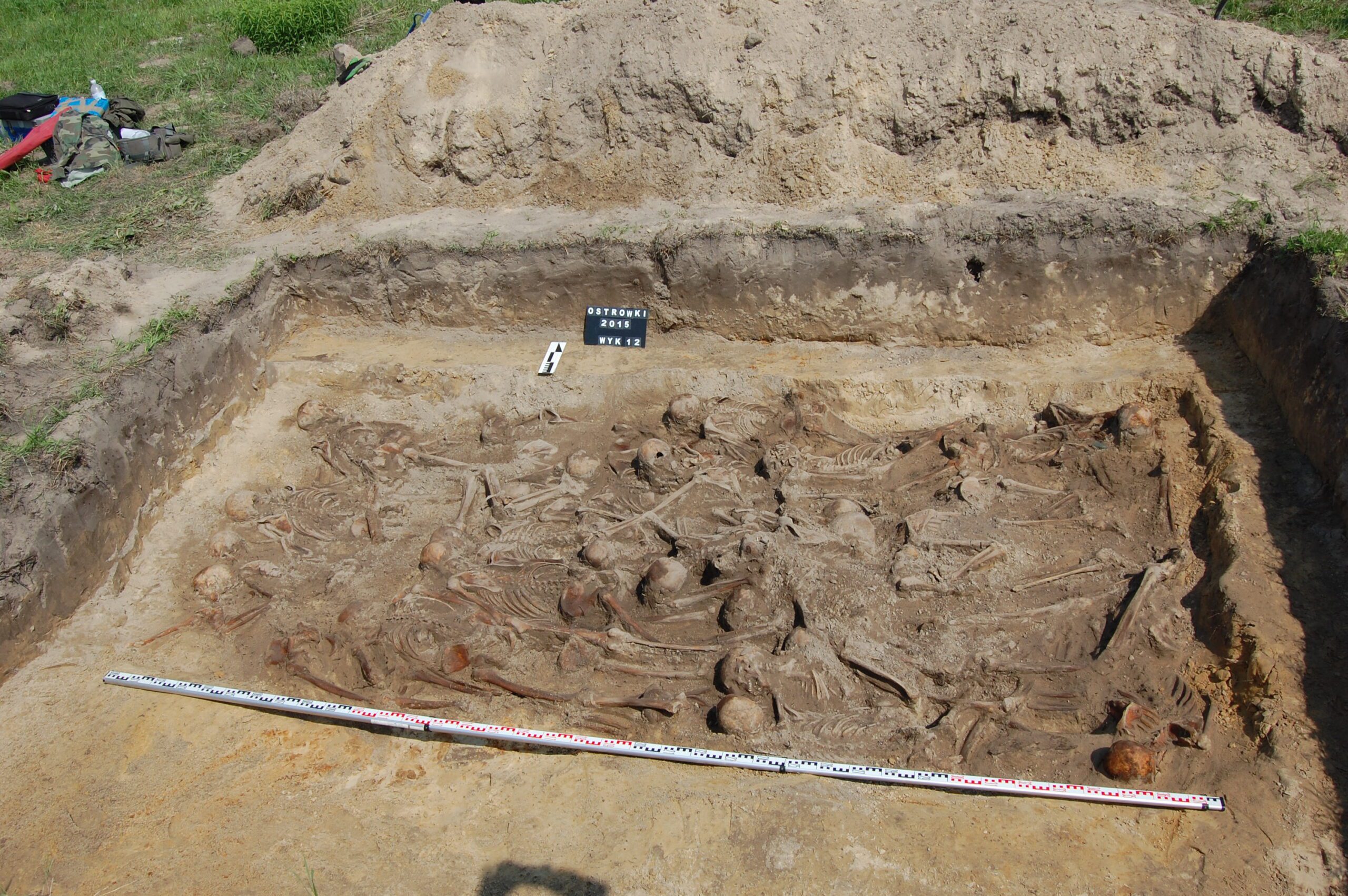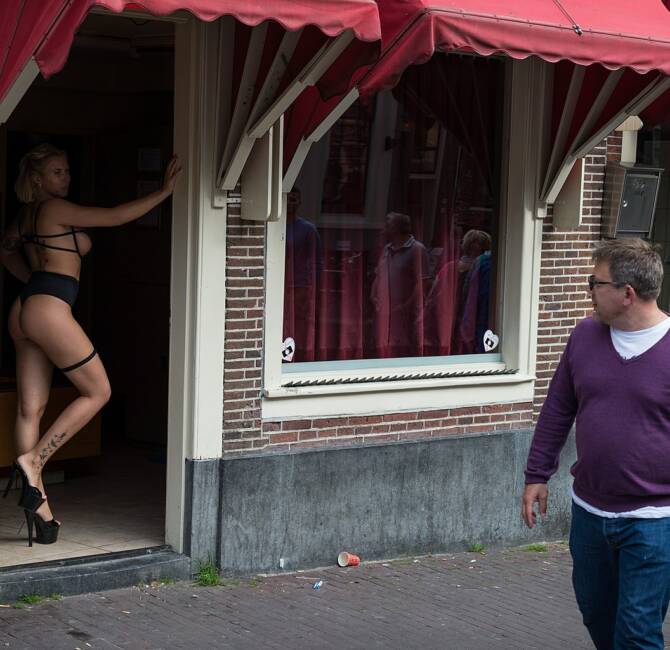“In total, we are talking about 120 to 150 thousand victims of the massacres of Poles in Volhynia and Eastern Galicia, murdered in about four thousand localities. Meanwhile, over the course of thirty years of search and exhumation, we have found some 800 victims…” – says dr Leon Popek, a historian from the Institute of National Remembrance (IPN) searching for the remains of the victims of massacres of Poles in Volhynia and Eastern Galicia, in today’s western Ukraine and southeastern Poland.
Interview originally published in Polish in the July edition of the Polish magazine Historia Do Rzeczy and translated in full into English on Sovereignty.pl. To see the full version in English on Sovereignty.pl, click here.
Piotr Włoczyk: How many death pits with Polish victims of Ukrainian nationalists have been found so far?
Leon Popek: Unfortunately, very few. In total, we are talking about just over a dozen uncovered death pits. We found nine in Ostrówki and Wola Ostrowiecka, where one of the largest massacres of the Polish population took place during the Volhynia extermination. One pit has been discovered in Gaj, and several in Poryck. That’s all.
Piotr Włoczyk: How many such death pits are there in total?
Leon Popek: There are no definite statistics, but estimates provide an understanding of the scale of the task ahead. In total, we can talk of about 10,000 death pits into which our compatriots were thrown by their murderers. These people are still waiting for a dignified burial.
Piotr Włoczyk: This means that, despite 80 years having passed since the Volhynia massacres, the Polish state has not yet truly begun to look for the victims of that genocide…
Leon Popek: That is true. There are localities where the murderers dug one large mass death pit, but there are also places such as Kąty in the district of Luboml (Liuboml) where the murdered were thrown into wells or burning houses. Every farm there is itself a death pit.

The task before us is gigantic, because the scale of the genocide there was also enormous. In Volhynia, some 60,000 Poles were murdered in some 2,500 villages. The wave of crimes then moved to eastern Lesser Poland, i.e. the provinces of Lwów (Lviv), Stanisławów and Tarnopol (Ternopil). But Poles also perished at the hands of Ukrainian nationalists in Polesia and in lands now within Poland’s borders – in the provinces of Tomaszów, Chełm and Przemyśl. In total, we are talking about 120 to 150 thousand victims of the massacres of Poles in Volhynia and Eastern Galicia, murdered in about four thousand localities. Meanwhile, over the course of thirty years of search and exhumation, we have found some 800 victims… Of the 60,000 Poles murdered in Volhynia, fewer than 3,000 had a Christian burial.
(…)
Read the full article on Sovereignty.pl




